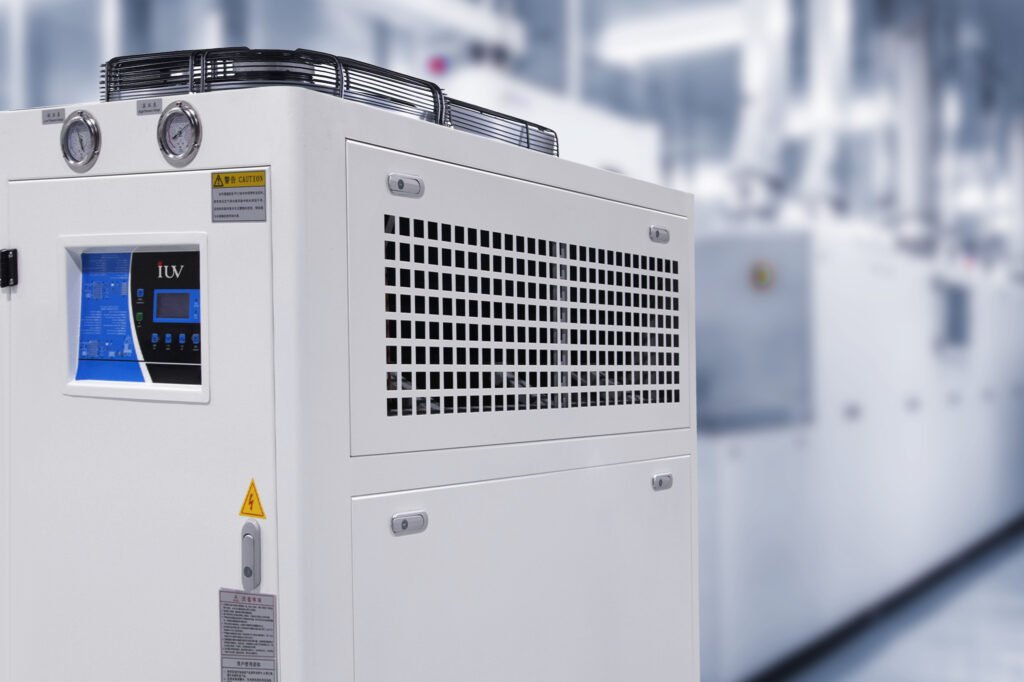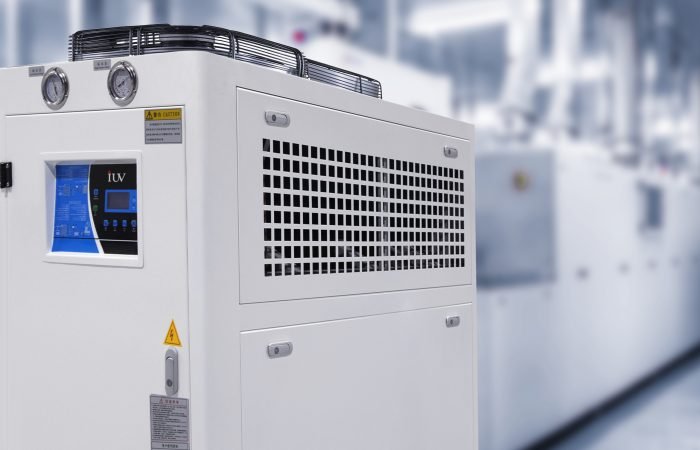Unlocking the Benefits of Advanced Cooling Technologies for Precision Curing Applications
Temperature Sensitivity: The Key Cooling Challenge
- UVLED curing systems are highly sensitive to temperature fluctuations, which can significantly impact their performance and longevity.
- UV LED light-emitting chips are precision engineered components that require precise temperature control to maintain optimal operating conditions.
- Maintaining a stable and consistent temperature is crucial for ensuring the system’s stability, reliability, and extended lifespan.

Cooling for Heat Dissipation: Protecting Sensitive Materials
- High-Power Demands
UVLED curing systems used in industries such as film, UV glue, and UV ink manufacturing generate significant heat during operation.
This heat buildup can adversely affect heat-sensitive materials, leading to quality issues and potential damage.
- Effective Heat Dissipation
Water cooling systems effectively dissipate the generated heat, ensuring the stability and longevity of the UVLED curing system.
By keeping the operating temperature within the optimal range, water cooling protects the sensitive materials and components, preventing any detrimental effects.
- Precise Temperature Control
Unlike air cooling, water cooling offers more precise temperature control, typically maintaining the system around 35°C.
This level of control is crucial for heat-sensitive applications in industries like printing, drying, and electronics manufacturing.
Comparing Cooling Methods: Air vs Water
- Air Cooling
Air cooling systems utilize fans to dissipate heat, resulting in relatively simple heat dissipation.
They typically maintain operating temperatures between 50-70°C, which may not be suitable for all heat-sensitive applications.
- Water Cooling
Water cooling systems employ an independent water cooler to circulate water and achieve more precise temperature control, usually around 25-35°C.
This makes water cooling the preferred choice for industries with stringent temperature requirements, such as printing, drying, and electronics.
- Cooling Efficiency
Water cooling is generally more efficient at dissipating heat compared to air cooling, as water has a higher thermal conductivity and specific heat capacity.
This allows water cooling systems to maintain a tighter temperature range and better protect sensitive components and materials.
Proper Implementation: Ensuring Optimal Cooling
- Start-up Procedure
It’s crucial to start the water cooler before the UV curing equipment to ensure proper heat dissipation and prevent damage to the light source irradiation head due to inadequate cooling.
- Continuous Monitoring
Regular monitoring of the water cooling system’s performance is essential to identify any potential issues or malfunctions early on.
This helps maintain optimal operating conditions and prevent unexpected downtime or equipment failure.
- Preventive Maintenance
Proper maintenance of the water cooling system, such as regular cleaning, filter replacements, and system inspections, helps ensure long-term reliability and efficiency. This proactive approach extends the lifespan of the UVLED curing system.












